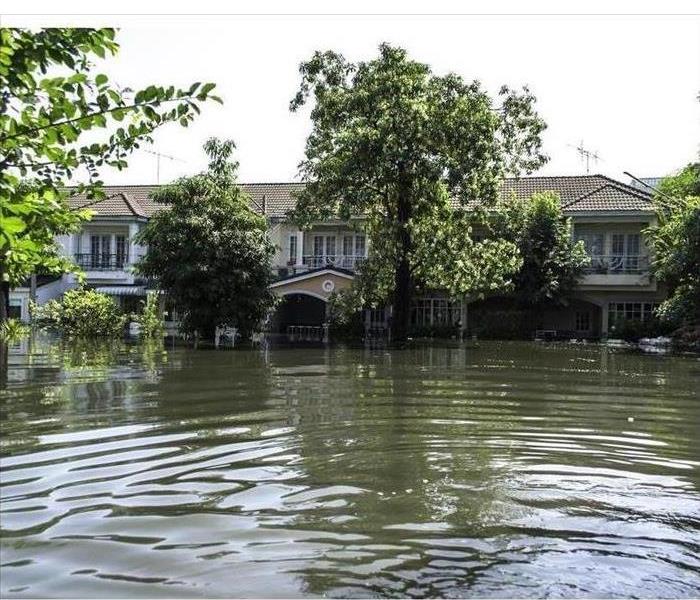4 Things to Do if You Live in a Flood Zone
8/27/2022 (Permalink)
If You Live in a Flood Zone, Here Are 4 Things to Do
If you've ever seen the satellite images of Black Lick, PA, you may wonder why it is laid out that way. However, if you lay a flood zone map over it, you will quickly understand why it looks like that. People who live in high-risk areas need to know how to protect themselves so they don't end up paying the costs associated with hiring a remediation company.
1. Check the Flood Maps
FEMA offers an online tool so you can easily check to see what flood zone your home is in. Through the online portal, you can easily determine your home's risk. These maps are continually changing as different topographical features are altered. Regularly check these, so you are up-to-date on your home's risk.
2. Keep Track of Changes
New construction can easily change a flood zone's risk. Therefore, you need to keep track of nearby changes and note how they impact your property. This can ensure that you are properly prepared for a flood.
3. Buy Flood Insurance
If you are at risk, you need to have flood insurance. This is because flooding is not covered under your property insurance. Flood insurance is available through both private companies and a government-sponsored program. If you choose a private company, you will likely spend a few hundred dollars each year. However, it is worth it to protect you financially.
4. Use Flood Sensors
There are several ways you can protect your home from a flood. One of these is a flood sensor. These are installed throughout your home and let you know if your appliances leak, a pipe breaks, or outside water enters your basement. They can be worked into your home security system. This way, they can send you an alert if water enters your home.
These are just some of the measures you can take to protect your home. Learning more about living in an at-risk area can help you protect your home from storm and flood damage.





 24/7 Emergency Service
24/7 Emergency Service
